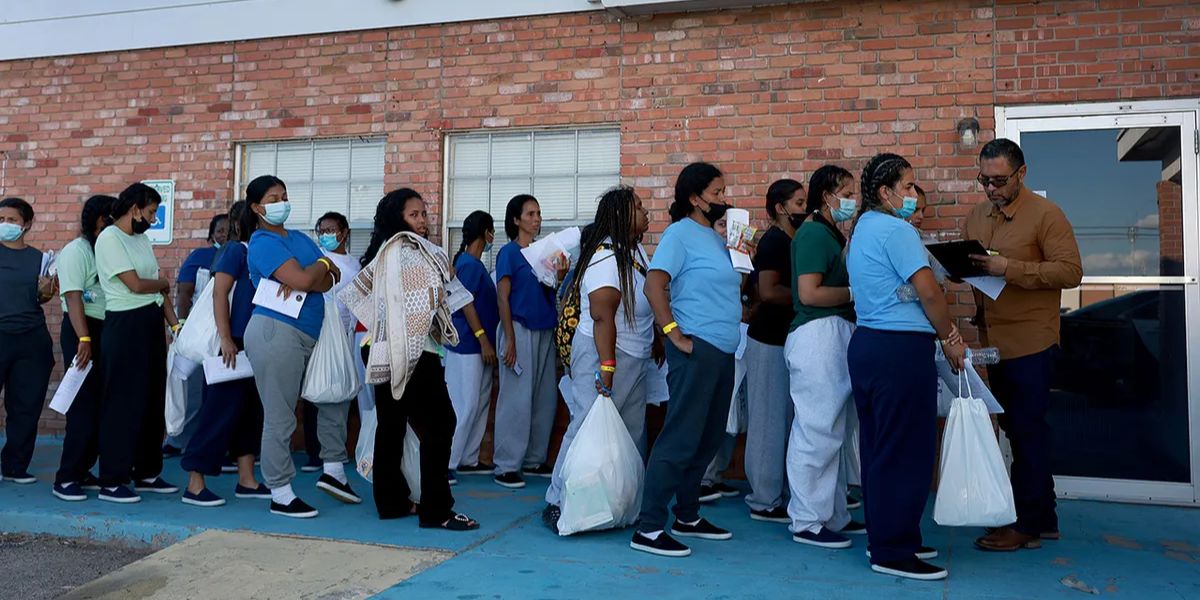El Paso, TX – When a person arrives at the hospital with a gunshot wound, stabbing injury, or assault-related trauma, the physical damage is often only part of the story. For many victims, the real danger begins after discharge — when anger, fear, and the temptation for retaliation take hold. That’s where hospital-based violence intervention programs (HVIPs) come in, offering critical support that saves lives and stops cycles of violence before they continue.
A New Approach to Healing
Hospitals have long been places of treatment, but across Texas — especially in El Paso — they’re also becoming centers of prevention. HVIPs bridge medical care with social services, trauma counseling, and case management, recognizing that violence recovery isn’t just physical.
Table of Contents
At the University Medical Center of El Paso, social workers and trained intervention specialists now meet patients at their most vulnerable moments. Within hours of admission, these specialists begin conversations not only about the injury but about safety, housing, employment, and emotional recovery.
As Daniela Ramos, a violence prevention strategist based in El Paso, explains:
“When someone survives an assault, it’s a turning point. If we reach them before they leave the hospital, we have a chance to change their story — to prevent them from becoming another statistic.”
How Hospital-Based Programs Work
The structure of HVIPs combines medical response with social and emotional support. Here’s how it typically works in El Paso’s hospitals:
- Immediate Identification: Trauma nurses and emergency staff flag patients who have been injured due to violence.
- Intervention at the Bedside: Specially trained violence intervention specialists meet with the patient and their family, offering emotional support and assessing risks for retaliation.
- Safety Planning: The team helps victims plan safe discharges — connecting them with housing, counseling, or relocation if needed.
- Long-Term Case Management: Follow-up continues after release, including home visits, job assistance, and referrals to community partners like CASFV (Center Against Sexual and Family Violence) and Project Vida.
The goal isn’t just to heal wounds, but to break the cycle that leads to repeat hospital visits — a cycle common in communities facing persistent violence.
Data Behind the Success
National studies show that individuals injured by violence are at high risk for re-injury or death within five years. But when HVIPs intervene early, that risk drops dramatically. According to the National Network of Hospital-Based Violence Intervention Programs (NNHVIP), participants in such programs are up to 50% less likely to experience another violent incident.
El Paso’s data mirrors that success. Over the past three years, hospitals using HVIP models have seen:
- 35% fewer re-admissions related to violence.
- 40% increase in victims connecting to post-discharge counseling.
- Significant reductions in retaliation-related assaults in nearby neighborhoods.
Stories of Recovery
One young man, a 19-year-old from East El Paso, arrived at the trauma center after being shot in the leg during a fight. Instead of being released without guidance, he was enrolled in an HVIP. A caseworker visited him daily in recovery, helping him access physical therapy, job training, and mediation with a rival group. Six months later, he began mentoring other youth through the same program.
“If they hadn’t talked to me that night, I probably would’ve gone looking for payback,” he shared. “They gave me another way forward.”
These individual transformations highlight the human impact behind the statistics — proof that healing and prevention go hand in hand.
Collaboration with Law Enforcement and Community Partners
HVIPs in El Paso don’t operate in isolation. They collaborate closely with law enforcement, schools, and neighborhood outreach teams to ensure continued safety. Officers receive updates when retaliation threats emerge, while social workers coordinate with local nonprofits to maintain support systems after discharge.
This collaborative model is now being studied as part of a Texas Department of State Health Services pilot project to assess the effectiveness of hospital-community partnerships in reducing violent crime.
Addressing Emotional Trauma
Another critical element of HVIPs is addressing post-traumatic stress. Many survivors experience anxiety, hypervigilance, or depression following violent injury. By connecting patients to trauma-informed counselors directly within hospital settings, these programs prevent emotional scars from turning into new conflicts.
Ramos emphasizes that “violence doesn’t end when the wound closes. Emotional pain untreated becomes anger — and anger, if ignored, becomes violence again.”
Expanding the Model Across West Texas
Inspired by El Paso’s success, nearby hospitals in Las Cruces, Midland, and Lubbock are exploring similar interventions. Grants from the Texas Violence and Injury Prevention Program and federal funding through the Office of Victims of Crime are helping scale these models to more trauma centers.
The goal is to make early, compassionate intervention a standard part of emergency care, not an optional add-on.
A Culture of Care, Not Just Crisis Response
El Paso’s HVIPs embody a larger cultural shift in public safety — one rooted in empathy, prevention, and partnership. By treating violence as a public health issue rather than a criminal inevitability, these programs are redefining what it means to keep a community safe.
“We can’t just patch people up and send them back to the same danger,” says Ramos. “We have to meet them where they are — in pain, in fear — and help them build something better.”
What do you think?
Should hospital-based intervention programs become standard in every trauma center? Share your thoughts or local experiences in the comments below and learn more about community safety initiatives at reachviolenceprevention.org.











